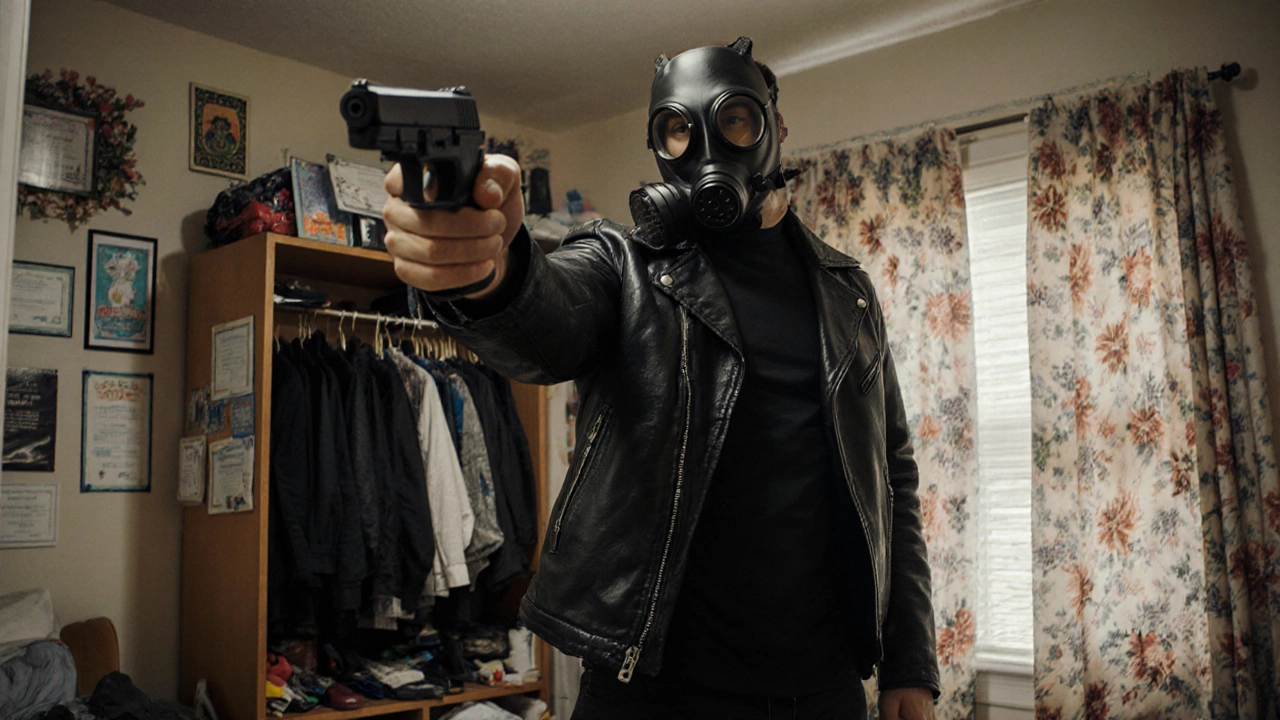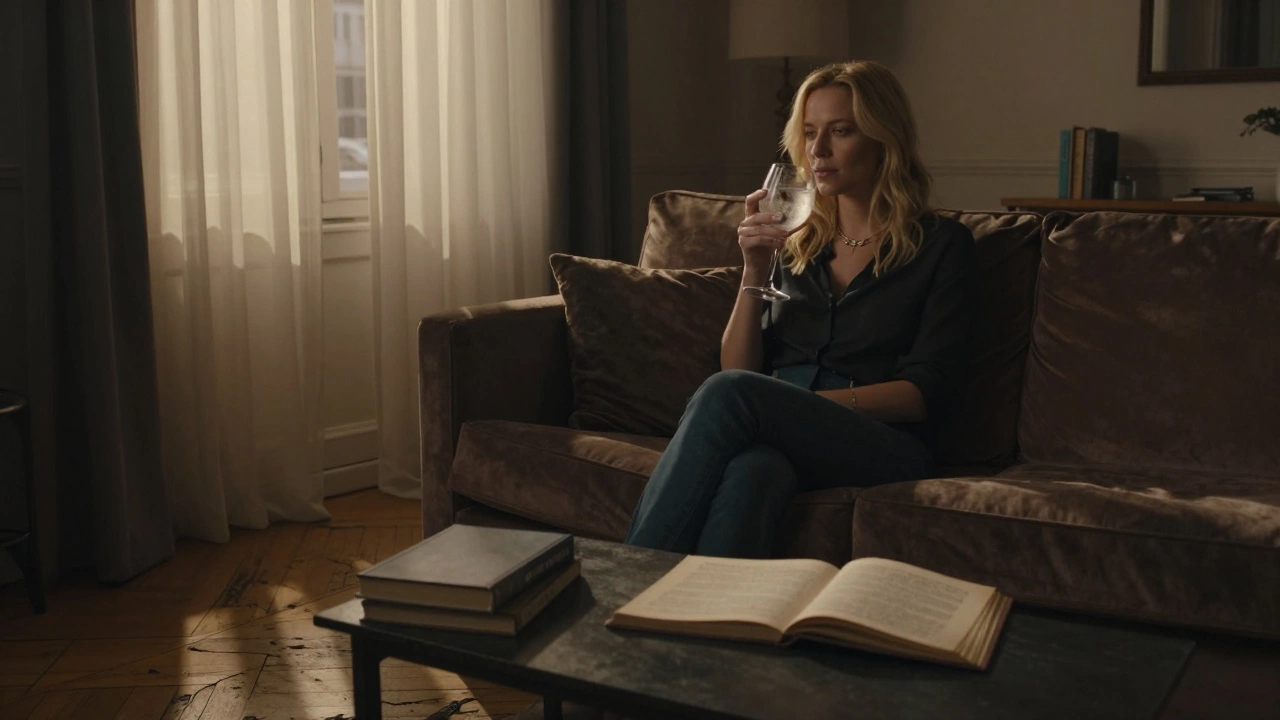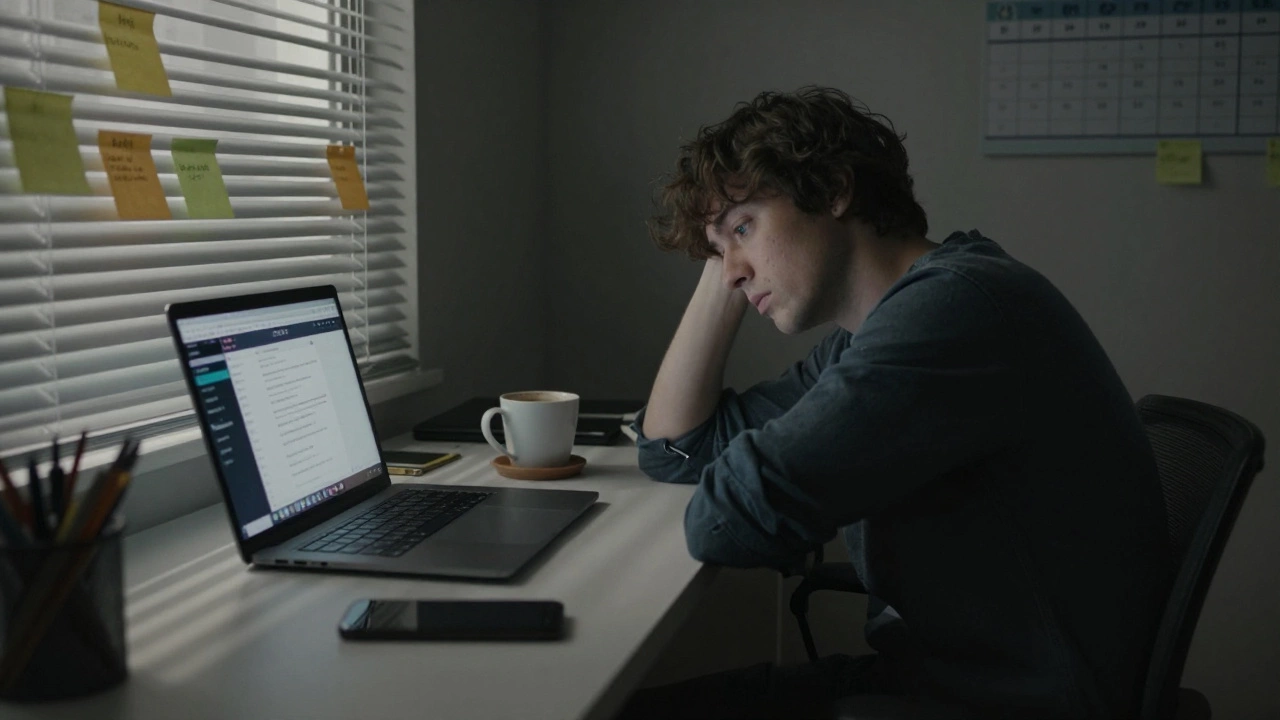The 2008 Retrial: Evidence and Arguments
When the Old Bailey doors opened on 9 June 2008, the courtroom buzzed with a story that had haunted Britain for almost a decade. Barry George stepped back into the dock, this time facing a prosecution that leaned heavily on visual proof rather than the shaky forensic residue that had helped secure his 2001 conviction.
Orlando Pownall QC, leading the Crown, showed the jury photos of George holding a blank‑firing pistol that looked almost identical to the weapon believed to have killed Jill Dando on 26 April 1999. The pictures were taken inside George’s flat and were meant to underline a “deep‑seated fascination” with both TV stars and firearms.
Beyond the pistol, the prosecution floated a pile of “bad‑character” material – cut‑out newspaper clippings about Dando’s murder, handwritten lists of celebrity names, and testimony that George’s social skills were limited, making him a potential threat to women. This line of attack was allowed under the Criminal Justice Act 2003, a law that didn’t exist during his first trial.
To illustrate the prosecution’s case, the Crown presented a short list of evidential highlights:
- Photographs of George with the blank pistol.
- Newspaper cut‑outs and celebrity name lists found in his apartment.
- Two neighbours who had previously identified George during an identity parade, claiming he was seen near Dando’s home on the morning of the murder.
The defence, headed by William Clegg QC, countered with an alibi that placed George at a local disability charity, HAFAD, at the exact time the murder took place. Three women who worked there testified that George arrived around 11:50 am and stayed until noon – a window that made it impossible for him to travel to Gowan Avenue, commit the killing, and then race back home to change clothes before police arrived.
Complicating matters, the forensic residue that had stuck to George’s coat in the original case was declared inadmissible by Mr Justice Griffith Williams. The single particle of gunshot residue could have come from any number of external sources, and the judge ruled it could not be relied upon as proof of a firearm discharge.
Aftermath: Acquittal and Ongoing Questions
After weeks of testimony, cross‑examination, and several delays caused by legal wrangling and illnesses, the jury delivered its verdict on 1 August 2008: not guilty. George walked free after spending seven years in prison for a conviction that the Court of Appeal had already labeled unsafe.
In the weeks that followed, George moved to Ireland to stay with his sister, saying he felt treated "like a scab" by the London press and public. The case didn’t close the book on Dando’s killing, however. Police reviews conducted after the acquittal concluded that the murder was likely the work of a professional assassin, describing it as a "hard contact execution" – essentially, a hit carried out at point‑blank range.
The Dando murder remains one of the UK’s most perplexing cold cases. While George’s acquittal highlighted flaws in forensic reliance, it also left a void: no clear perpetrator has been identified, and the motive behind a meticulously planned execution still eludes investigators.
For now, the public remembers Jill Dando’s warm on‑screen presence and the tragic loss that sparked a nationwide debate on media safety, legal standards, and the power of forensic science to sway a jury.



